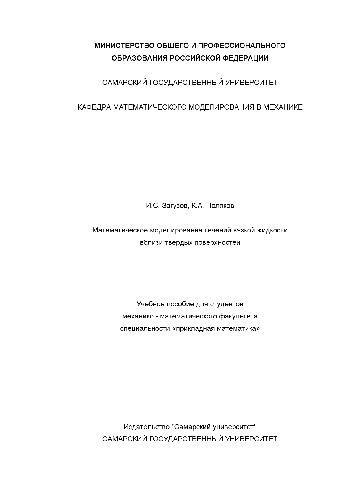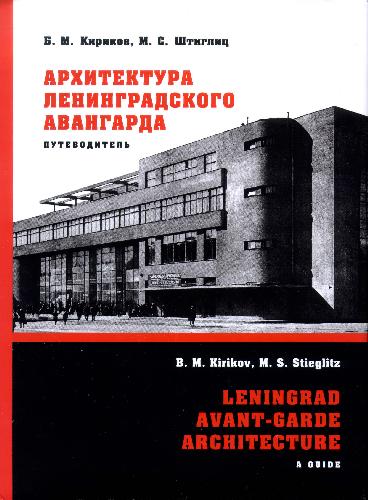- 2 402 202 книги
libcats.org




Terrorism, Risk and the Global City: Towards Urban Resilience
Jon Coaffee''Terrorism, Risk and the City'' was published at a time (2003) when London, and many other global cities, were coming to terms with the expanded threat of international terrorism they faced. The book offered a historical as well as contemporary account of the physical, financial and managerial measures utilised primarily in the financial cores of London, 1992-2002, to reduce the risk of terrorist attack. The book also incorporated the initial changes in urban securitisation stimulated by the events of 9/11. In time, and subsequent to the publication of the first edition, systems of counter-terrorist security and management have developed significantly and broadened in scope both in terms of method of attack to deter but also in terms of geographical targets - in short, all areas of London are now perceived to be under threat of attack and require strategies of secure and defence. London has also suffered its own incidents of internationally inspired terrorism - mostly notably on July 7th 2005. This series of events occurred the day after London was awarded the 2012 Olympic Games - a mega event which is now confronting the enormity of security event planning. In an attempt to deal with the changing nature of the terrorist threat facing London (not just the financial zones) city-wide managerial measures and strategies have been developed through London resilience partnership to deal with a variety of counter-terrorism scenarios. Equally the lessons learnt from 30 years of counter-terrorism in London have been increasingly transferred to other countries with the measures developed both pre- and post-9/11 being applied elsewhere in global cities - most notably New York. This revised edition of the book is a valuable addition to the current debate about terrorism and urbanism related to the changing nature of terrorism and the new security challenges facing western nations and their cities. This can be articulated as a shift from terrorist risk to counter-terrorist resilience and is unpacked in the propped revised book in a number of ways. Firstly, through an attempt to connect to the wealth of academic and policy literature that is now emerging in post-9/11 era on how terrorism is reshaping the contemporary city and its institutions. Secondly, as a way of exploring the changing nature of the terrorist threat against global cities in terms of tactics and targeting; and finally as a way of highlighting how London is leading the way in developing best practice in counter-terrorist design and management and how such practice is being internationalised.
Ссылка удалена правообладателем
----
The book removed at the request of the copyright holder.
----
The book removed at the request of the copyright holder.
Популярные книги за неделю:
#2

В.Бекетов, К.Харченко. Измерения и испытания при конструировании и регулировке радиолюбительских антенн (djvu)
4.82 Mb
#4

Самодельные детали для сельского радиоприемника
Авторы: З.Б.Гинзбург, Ф.И.Тарасов.Категория: радиоэлектроника
1.40 Mb
Только что пользователи скачали эти книги:
#3

Математическое моделирование течений вязкой жидкости вблизи твердых поверхностей
Загузов И.С., Поляков К.А.
726 Kb
#4

Математическое моделирование течений вязкой жидкости вблизи твердых поверхностей
Загузов И.С., Поляков К.А.Категория: Научно-популярная литература (разное)
5.76 Mb













